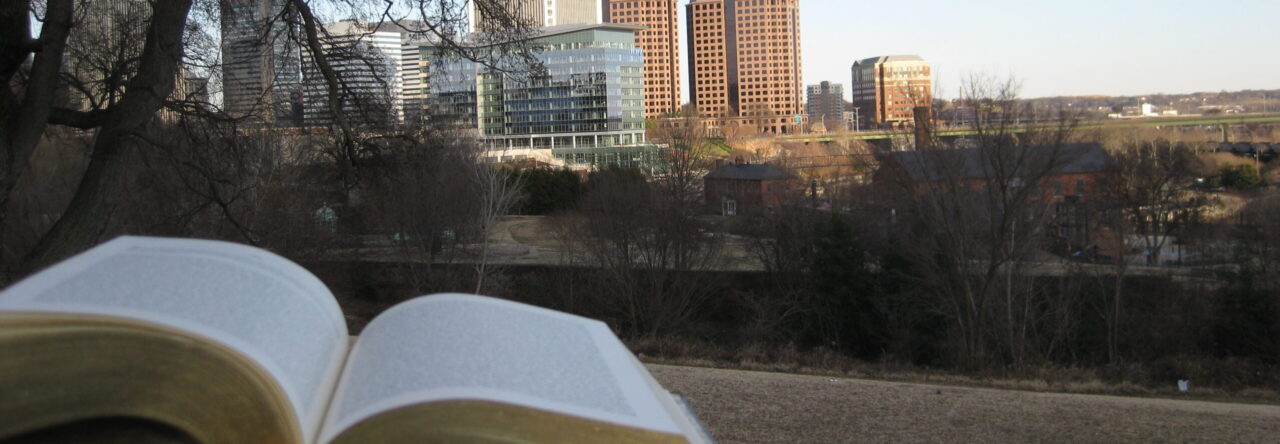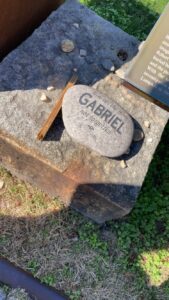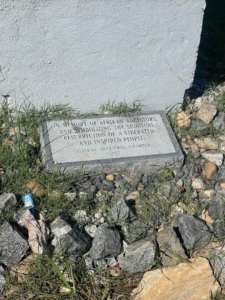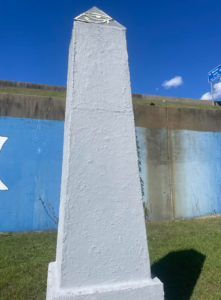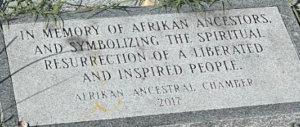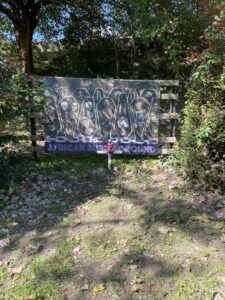Unfortunately, I was not able to join the classroom on Thursday due to my sickness even though it was a trip I was really looking forward to. Nevertheless, I am fortunate to read everyone’s notes, especially Anna’s and Nickolas’ Class Notes, which helped me understand the context of the other notes and a really insightful outline of the excursion.
Regarding the assignment, I was wondering about the format and structure of the essays; How long are you expecting the essays to be and what structure should we follow both within paragraphs and in the essay overall?
Could we have any examples of what learning moments or quotes are? Are the learning moments a realization or a learning curve over the semester? Could we talk more about the evidence you are expecting us to use in the classroom? Are there any previous learning portfolios we could read?
Finally, I read the essay rubric and it seems that it adds up to 9 points and not 10.
